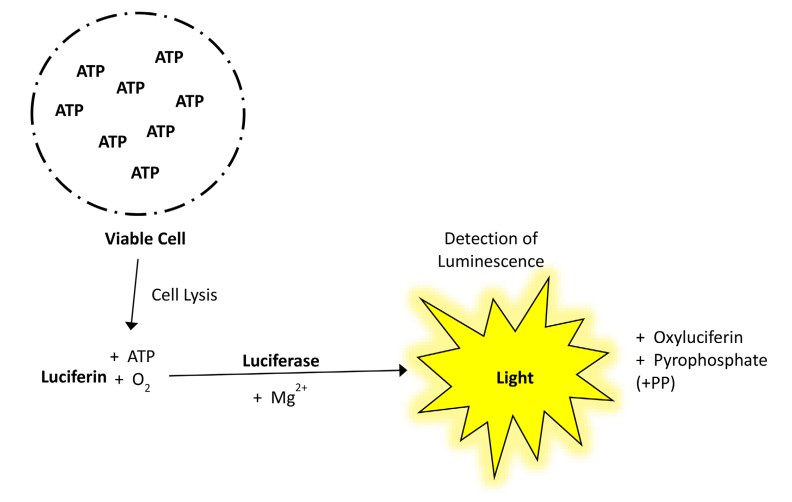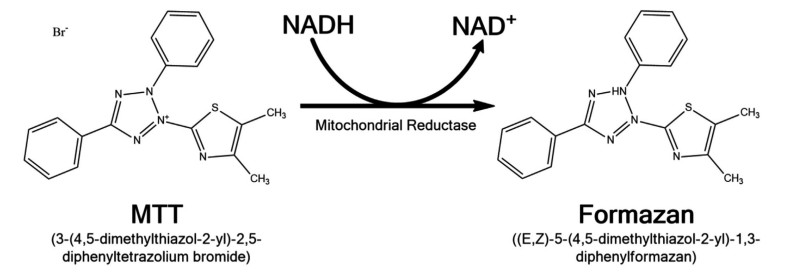Cell viability assays are used to measure the physical and physiological health of cells in response to extracellular stimuli, chemical agents, or treatments, or to determine optimal growth conditions for cell culture, and play an important role in screening compounds, measuring receptor binding, and signal transduction studies. Depending on the purpose of the experiment, you can determine whether you need to detect live cells (cell viability assay) or dead cells (cytotoxicity assay) in the experiment. Viability assays are widely used by the pharmaceutical industry to assess the effect of drug candidates on cells, especially to screen the results of developed therapies against cancer cells. Several commonly used assays are available to determine the number of viable cells based on various aspects of the cell, including membrane permeability, cellular function, and metabolic activity. Different experiments can help you get single-parameter or multi-parameter readouts, depending on the purpose of the experiment. Although classified differently, cell viability assays can be broadly categorized into (a) dye exclusion assays, (b) colorimetric assays, (c) fluorometric assays, (d) luminescent assays, and (e) flow cytometric assays.
Choosing the right cell viability assay according to your research purposes from among the many methods can be difficult, as determining the optimal assay for clients requires a clear understanding of the specific content, relevance and limitations of each test method. As a leading biotechnology service provider, the cell viability testing platform established by Profacgen can provide a variety of testing methods.
Amine-reactive viability dyes cannot penetrate cell membranes. In living cells, those dyes bind to extracellular primary amines and emit weak fluorescence; in dead cells, those dyes cross the cell membrane and bind to intracellular amine proteins, resulting in a marked increase in cellular fluorescence.
Live-cell protease activity disappears rapidly after cell death. Enzymatic activity substrates are non-fluorescent and react with cellular enzymes in living cells or cellular enzymes released from damaged cells, resulting in fluorescence or colorimetry.
Only living cells can synthesize ATP, so cell viability can be measured according to this regulation.
 Figure 1. Schematic illustration of the principles of ATP assay (Kamiloglu, S.; et al. 2020)
Figure 1. Schematic illustration of the principles of ATP assay (Kamiloglu, S.; et al. 2020)
Resazurin is a cell permeability indicator dye with little intrinsic fluorescence. Viable cells with active metabolism can reduce resazurin to resorufin, which is pink and fluorescent.
Colorimetric detection of cell viability using cellular redox potential in living cells. MTT is converted to an insoluble purple-colored formazan product and XTT is converted to a water-soluble orange-colored formazan product.
 Figure 2. Reduction of MTT to formazan crystals (Kamiloglu, S.; et al. 2020)
Figure 2. Reduction of MTT to formazan crystals (Kamiloglu, S.; et al. 2020)
Profacgen has accumulated lots of experience in PROATCs. Our professional technical team can provide customers with high-quality cell viability assays and many related featured services. Our competitive prices and extensive expertise have earned us the trust of our collaborators. Contact us to find out how Profacgen could be of assistance.
Reference
Fill out this form and one of our experts will respond to you within one business day.